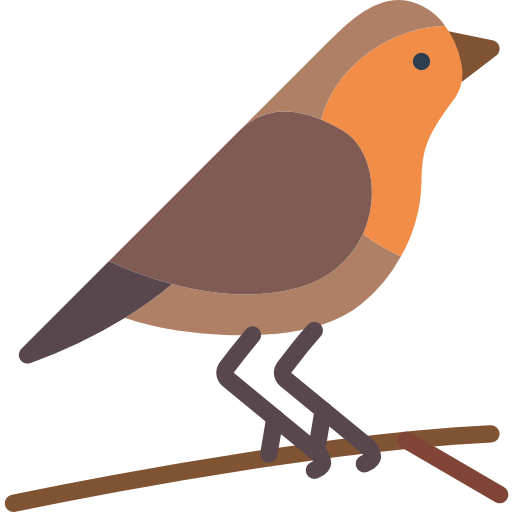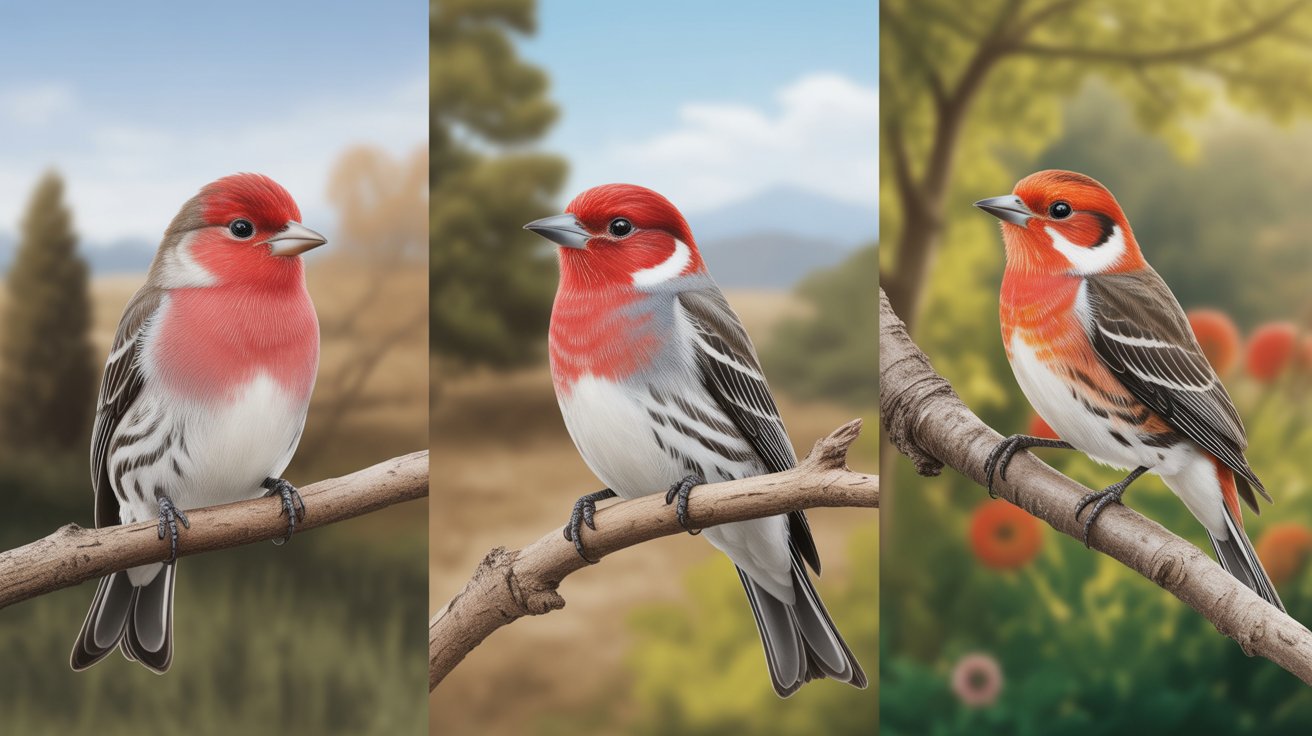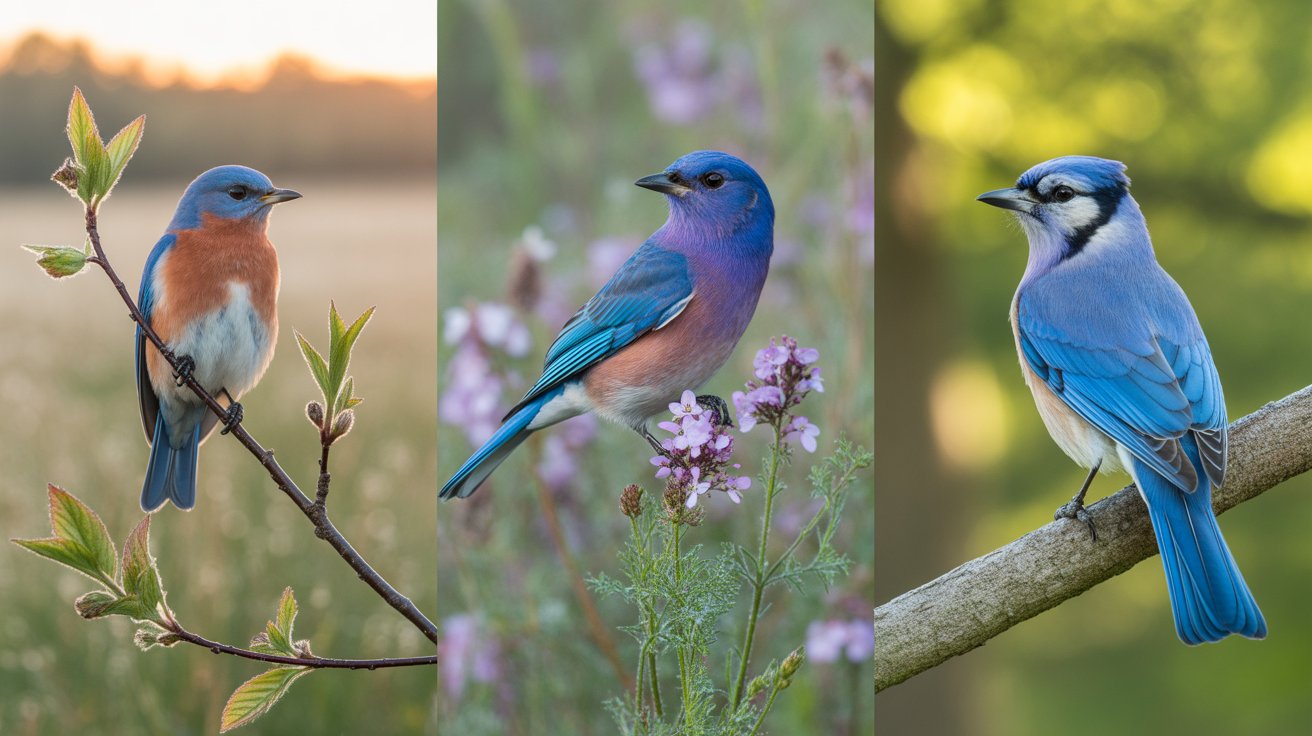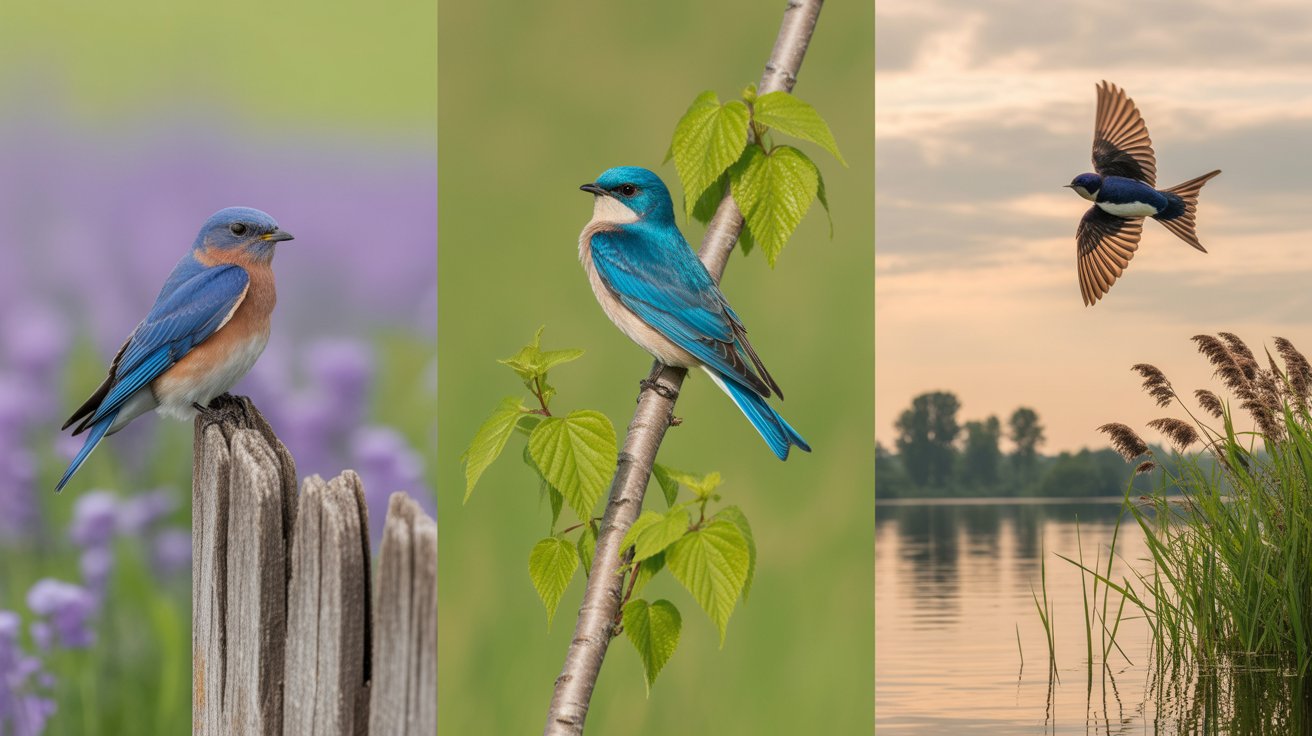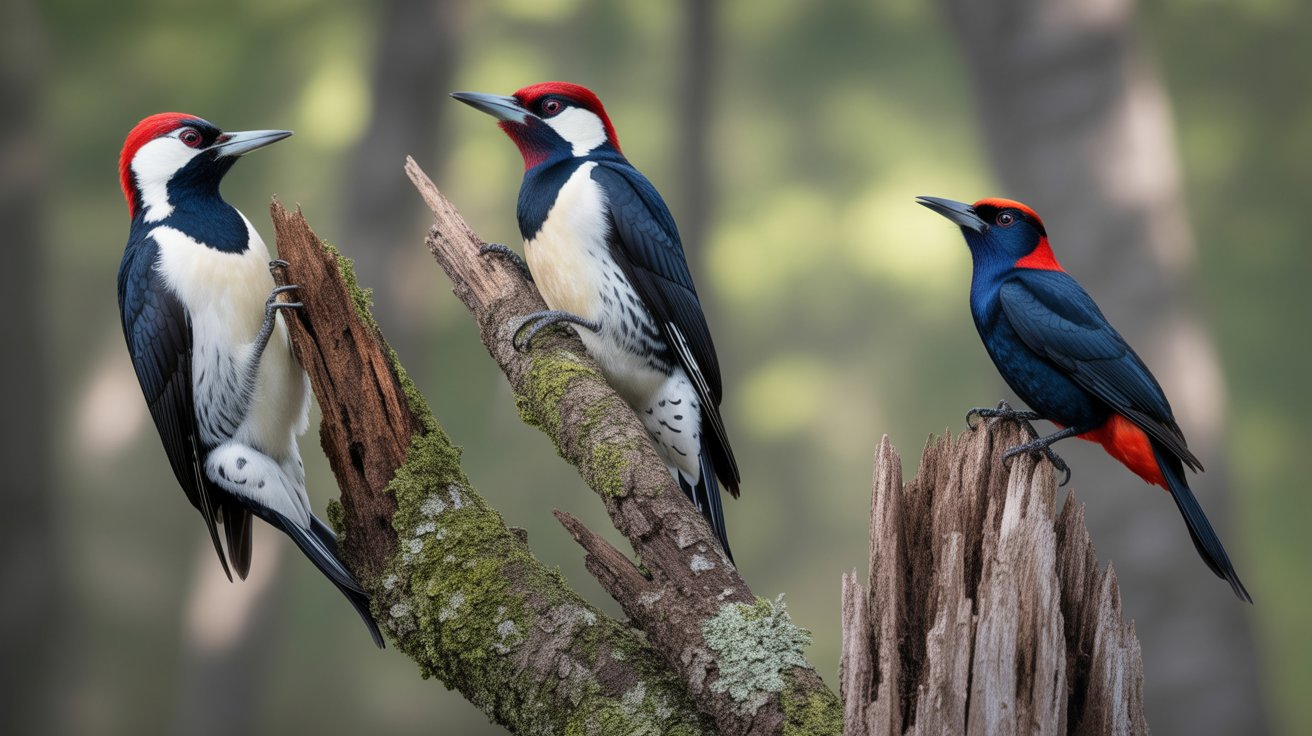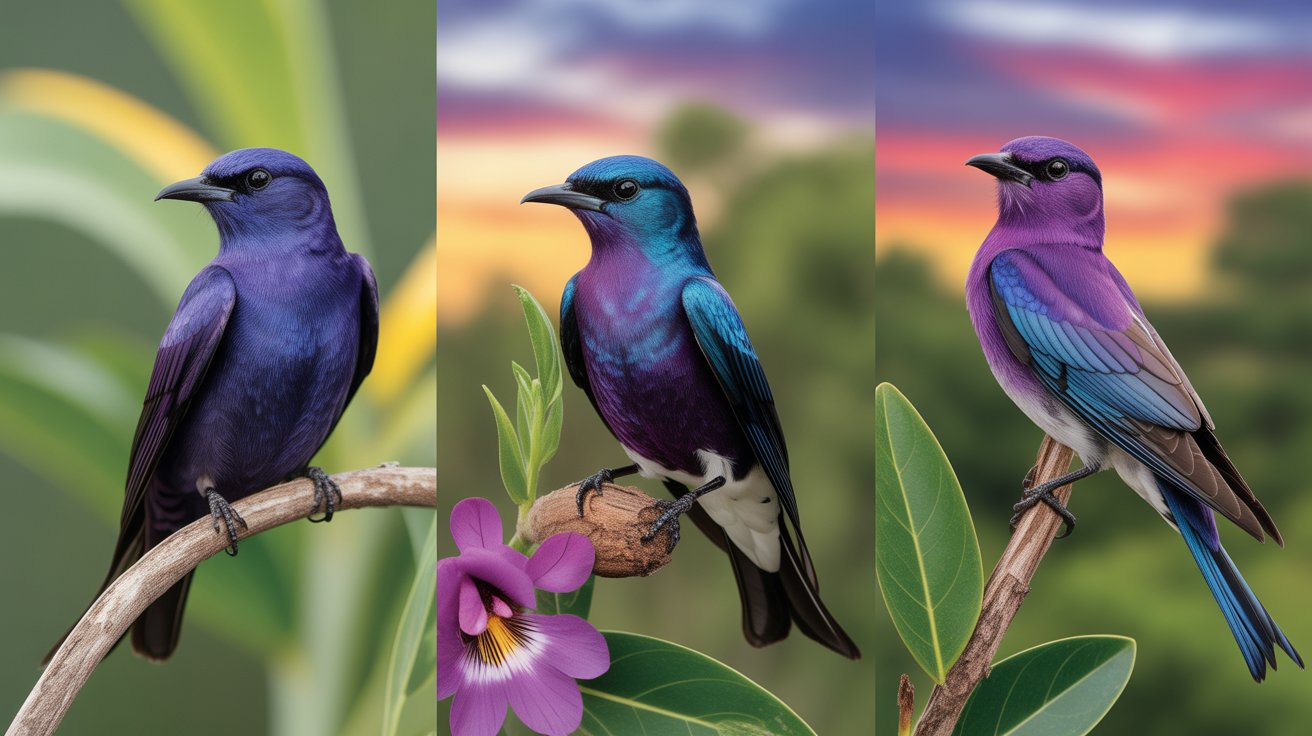When you picture a stork, you might imagine a large, striking bird delivering good luck or even babies in old folktales. But have you ever heard of Abdim’s Stork? If you’re a birdwatching enthusiast, nature lover, or someone curious about unique birds across the world, you’ll enjoy learning about this fascinating species.
Abdim’s Stork, also known as the White-bellied Stork, isn’t your typical large stork. It’s actually the smallest of all stork species, making it a standout among its larger cousins. With its glossy black plumage, contrasting white underparts, and striking facial features, it’s a sight to behold in the African skies.
What’s even more captivating is this stork’s lifestyle. From its seasonal migrations covering thousands of miles, to its habit of following locust swarms for food, Abdim’s Stork has perfectly adapted to Africa’s ever-changing environment. Whether you’re planning a birdwatching trip to Africa, building your bird list, or just curious about how these birds live, breed, and thrive, this guide covers it all.
So, grab your notebook and let’s dive into everything you should know about Abdim’s Stork — from its scientific background to its nesting habits and fascinating facts that make it one of Africa’s most interesting feathered residents.
Abdim’s Stork: Africa’s Smallest and Most Social Stork
Scientific Classification
Before you spot one in the wild, let’s get the basics right. Here’s how Abdim’s Stork is classified in the bird world:
- Kingdom: Animalia
- Phylum: Chordata
- Class: Aves
- Order: Ciconiiformes
- Family: Ciconiidae
- Genus: Ciconia
- Species: Ciconia abdimii
It was named after Bey El-Arnaut Abdim, a 19th-century Turkish governor who contributed significantly to natural history collections in Sudan.
Physical Description
At first glance, Abdim’s Stork looks quite different from the stereotypical large, stately stork you may know.
Size: It measures about 73 cm (around 29 inches) in length, making it the smallest stork in the world. Its wingspan stretches up to 150 cm (nearly 5 feet), which is impressive for its compact body size.
Plumage: The bird’s plumage is mainly glossy black with a subtle green and purple sheen when seen in bright sunlight. Its belly and underparts are white, creating a striking contrast.
Face and Eyes: One of the unique features is its bare facial skin which turns bright red and blue during the breeding season. The eyes are dark and expressive, giving the bird a watchful appearance.
Beak and Legs: Abdim’s Stork has a slender grayish beak, perfect for picking insects off the ground. Its legs are long and grayish-black, with pinkish joints that can stand out depending on the season.
Crest: Unlike some other birds, Abdim’s Stork does not have a noticeable crest. Instead, its sleek head and long neck add to its streamlined, graceful look.
Habitat and Distribution
You’ll find Abdim’s Stork across a vast portion of sub-Saharan Africa. They breed in eastern Africa, mainly from Ethiopia down to Tanzania.
During the non-breeding season, they migrate in huge flocks, sometimes traveling northward to Sudan and even into the southern edges of the Arabian Peninsula. These migrations are timed perfectly with Africa’s rainy seasons, when insect prey like locusts are most abundant.
Abdim’s Storks favor open grasslands, savannas, and cultivated fields. You’ll often see them near wetlands or flooded plains, but they avoid dense forests or deserts. Their adaptability to human-altered landscapes also explains why you might see them in farmland and grazing areas.
Behavior
One of the most interesting things about Abdim’s Stork is its highly social nature. Unlike some storks that prefer solitude or small family groups, Abdim’s Storks gather in large flocks, especially during migration and feeding.
These birds are diurnal, which means they’re active during the day. They spend hours striding across open fields, often following large herbivores or farm plows to pick off disturbed insects.
During the breeding season, they form loose colonies and display communal roosting behaviors. Their flight is elegant, with steady wing beats and glides that make them easy to spot soaring high in the African sky.
Diet
When it comes to food, Abdim’s Stork is far from picky but has a strong preference for insects. Its diet mainly includes grasshoppers, locusts, beetles, and caterpillars.
This stork is famously known for its connection with locust swarms. Farmers often welcome them, as these birds help control pest populations naturally.
Apart from insects, they occasionally eat small reptiles, amphibians, and even rodents if available. Their foraging style is mostly terrestrial, so you’ll see them walking gracefully through fields rather than wading in deep water like other storks.
Breeding and Nesting
The breeding season for Abdim’s Stork is usually aligned with Africa’s rainy season, which ensures a plentiful supply of food for raising chicks.
Nesting Sites: They build their nests in trees, cliffs, or on buildings in rural villages. These nests are made from sticks and lined with grass or leaves.
Clutch Size: Females lay about 2–3 eggs per breeding cycle.
Incubation: Both parents share incubation duties, which lasts around 30 days.
Chick Rearing: After hatching, both parents feed the chicks regurgitated food until they fledge at about two months old. Colonies can get noisy with constant chick calls and parent interactions, making it a lively scene for any birdwatcher.
Interesting Facts About Abdim’s Stork
- Smallest Stork: It holds the title of the world’s smallest stork — a big claim for a little bird!
- Locust Control: Its diet plays an essential ecological role in controlling locust plagues that threaten African crops.
- Migratory Feats: Some flocks cover thousands of miles, moving between breeding and feeding grounds with the changing seasons.
- Human-Friendly: Unlike some storks that are shy, Abdim’s Stork often nests near human settlements and farms, coexisting peacefully with rural communities.
- Cultural Significance: In some African cultures, the arrival of Abdim’s Stork marks the start of the rainy season — a symbol of fertility and good fortune.
Frequently Asked Questions About Abdim’s Stork
1. Where can I see Abdim’s Stork in the wild?
You can spot them in sub-Saharan Africa, particularly in eastern regions like Ethiopia, Kenya, and Tanzania during breeding season, and farther north or south depending on the time of year.
2. What does Abdim’s Stork eat?
Their diet is mainly insects such as grasshoppers, locusts, beetles, and caterpillars. They may also eat small reptiles, amphibians, and rodents.
3. Are Abdim’s Storks endangered?
No. They are listed as Least Concern by the IUCN thanks to their wide distribution and stable population.
4. Do Abdim’s Storks migrate?
Yes, they are highly migratory, moving in large flocks that follow seasonal rains and insect swarms for food.
5. Why is it called Abdim’s Stork?
It was named after Bey El-Arnaut Abdim, a Turkish governor and naturalist from Sudan who contributed to early ornithological studies in Africa.
Conclusion
Abdim’s Stork may not be the tallest or the flashiest bird you’ll find in Africa, but it’s certainly one of the most fascinating. Its small size, striking plumage, and unique behaviors make it stand out among Africa’s diverse birdlife.
From helping farmers control pests to marking the changing seasons with its arrival, Abdim’s Stork plays an important role in the ecosystems and cultures where it lives. If you’re ever lucky enough to spot one striding across a field or soaring overhead in a large flock, take a moment to appreciate just how perfectly adapted this remarkable bird is to its environment.
So, whether you’re adding it to your birding checklist or sharing its story with fellow nature lovers, you now know exactly why Abdim’s Stork deserves its special place in Africa’s skies. Happy birding!
